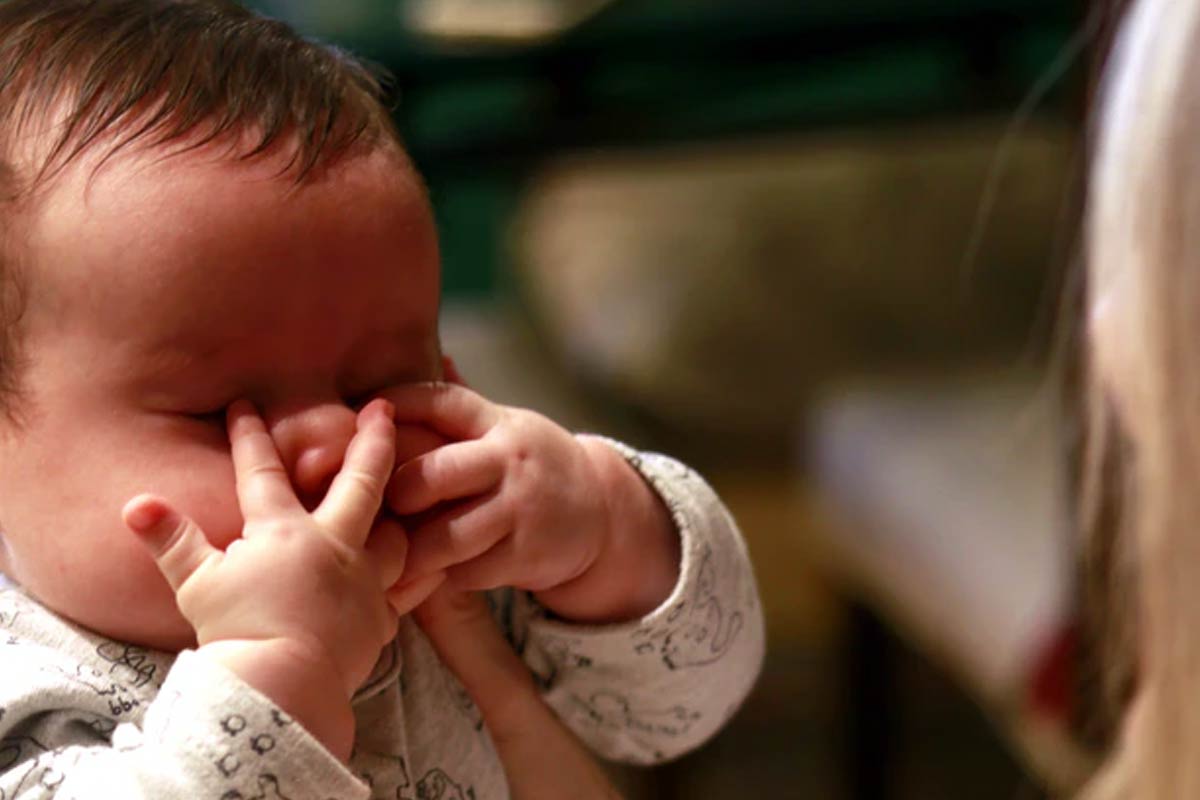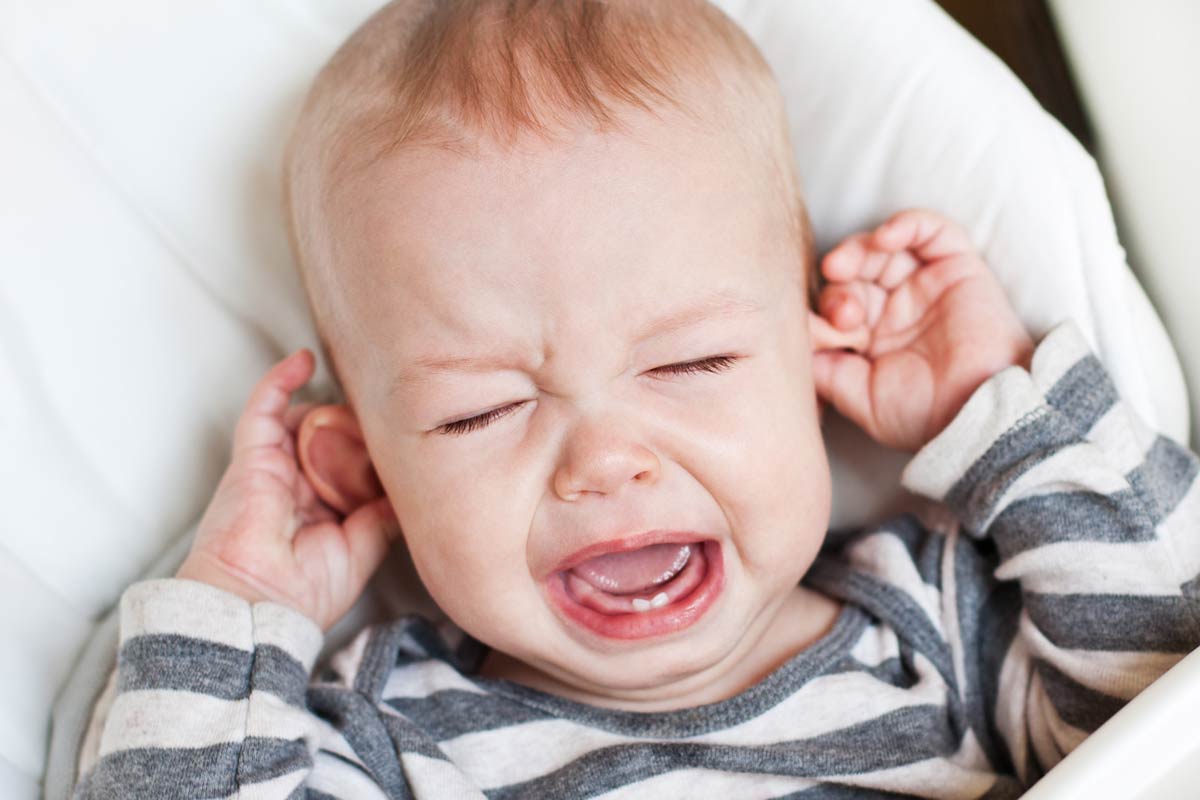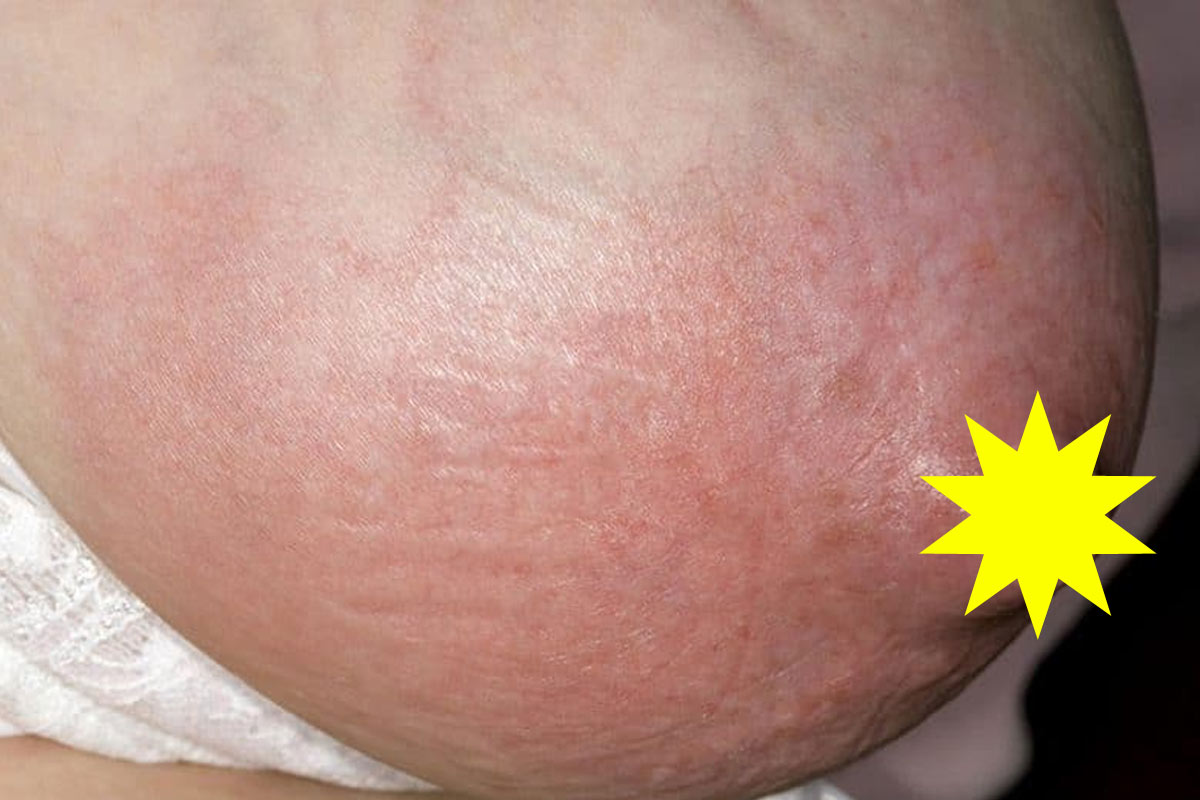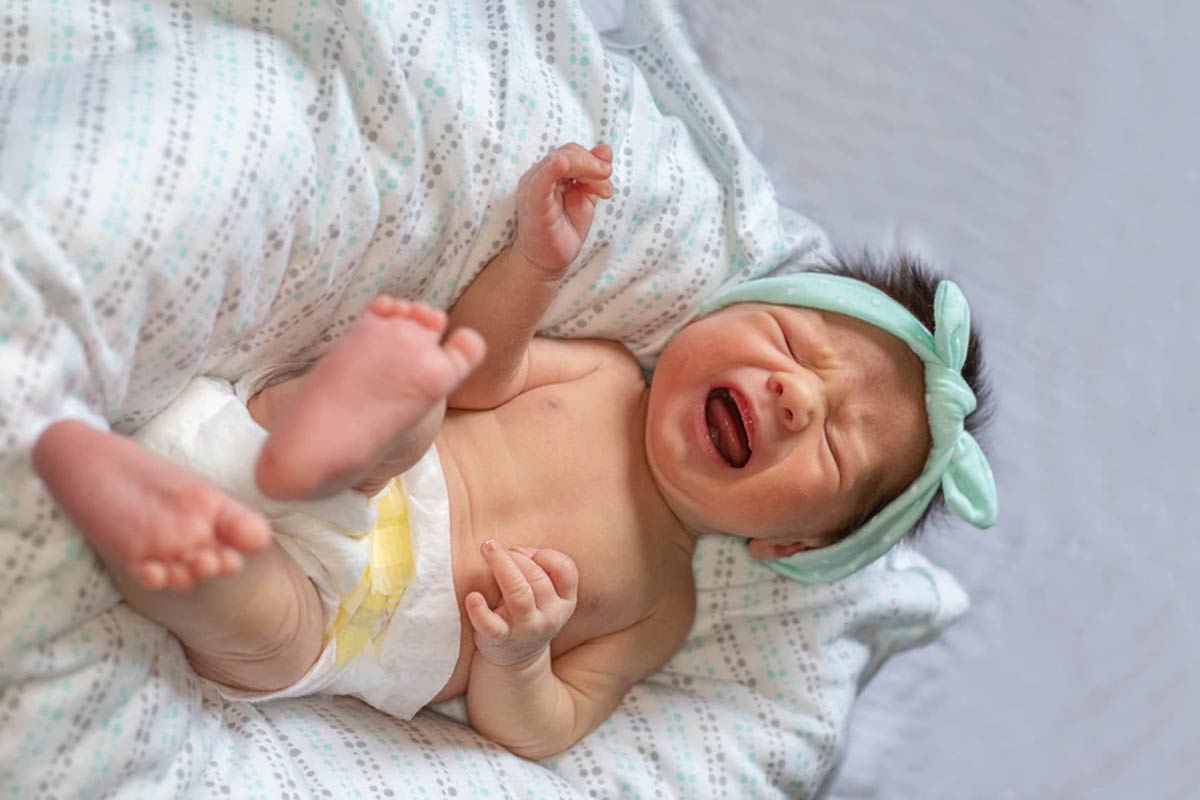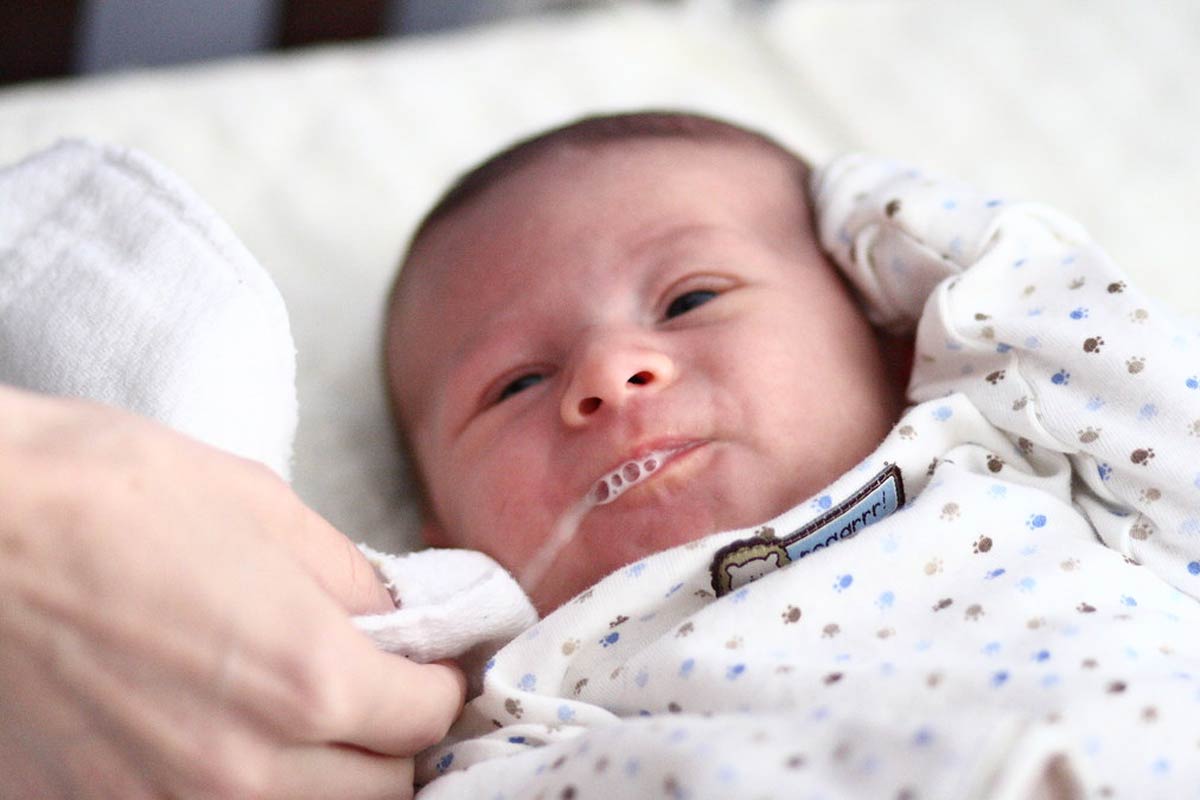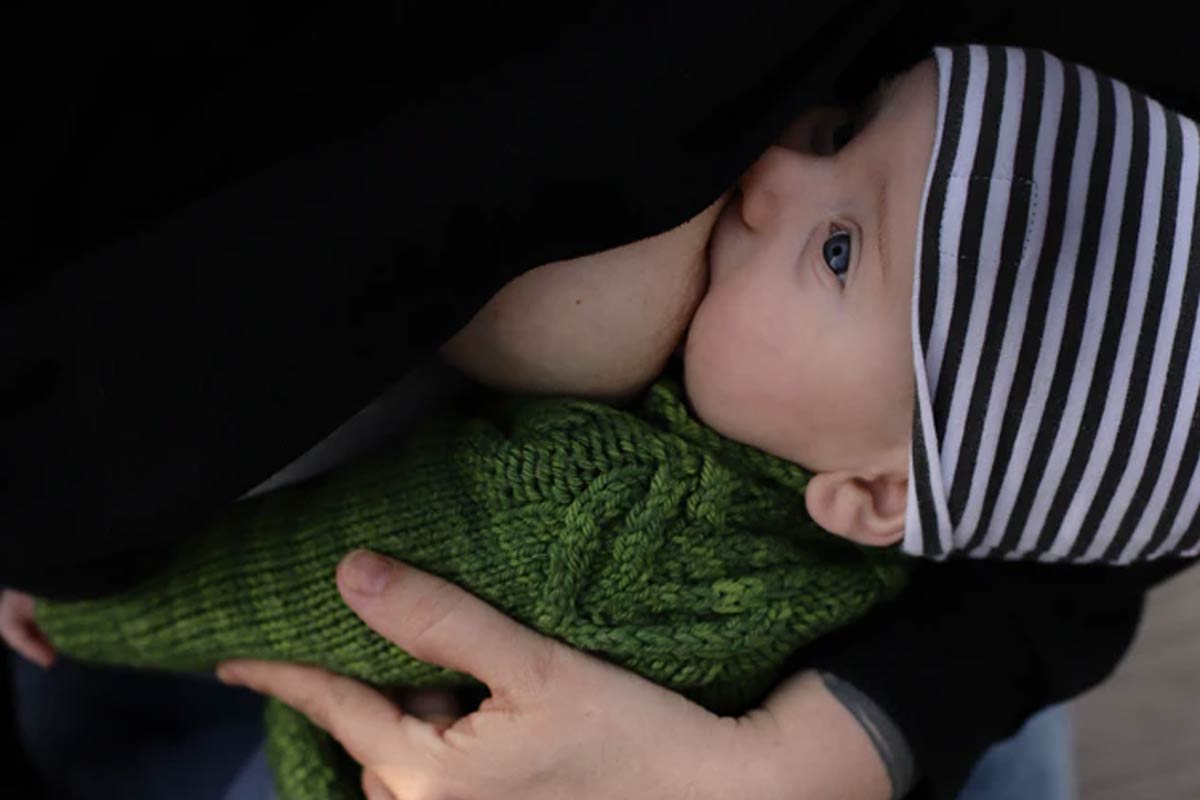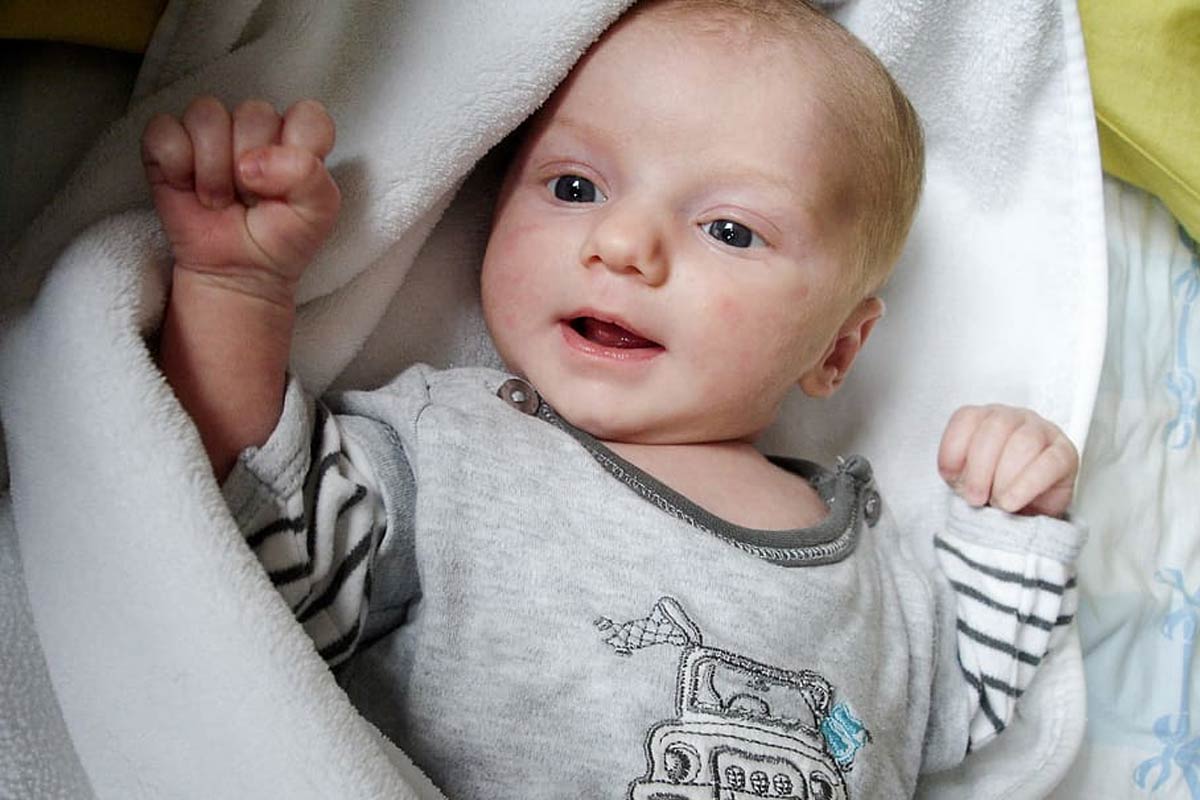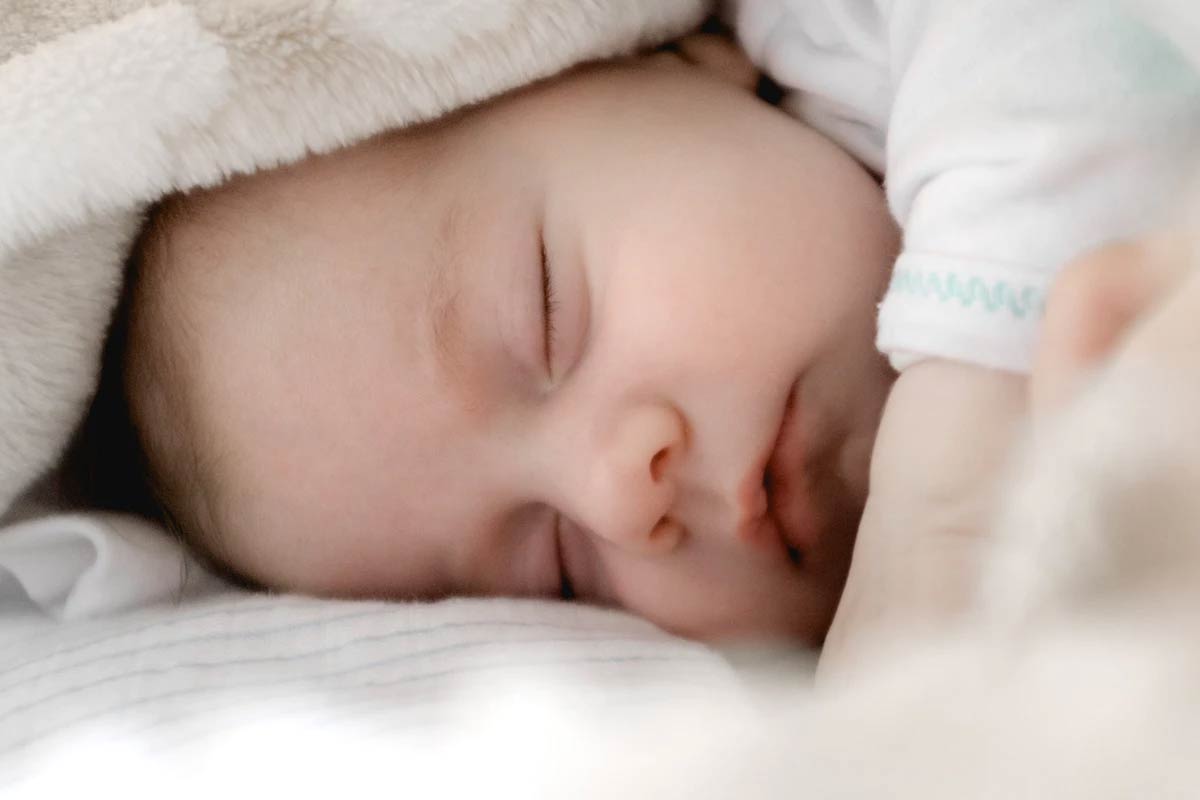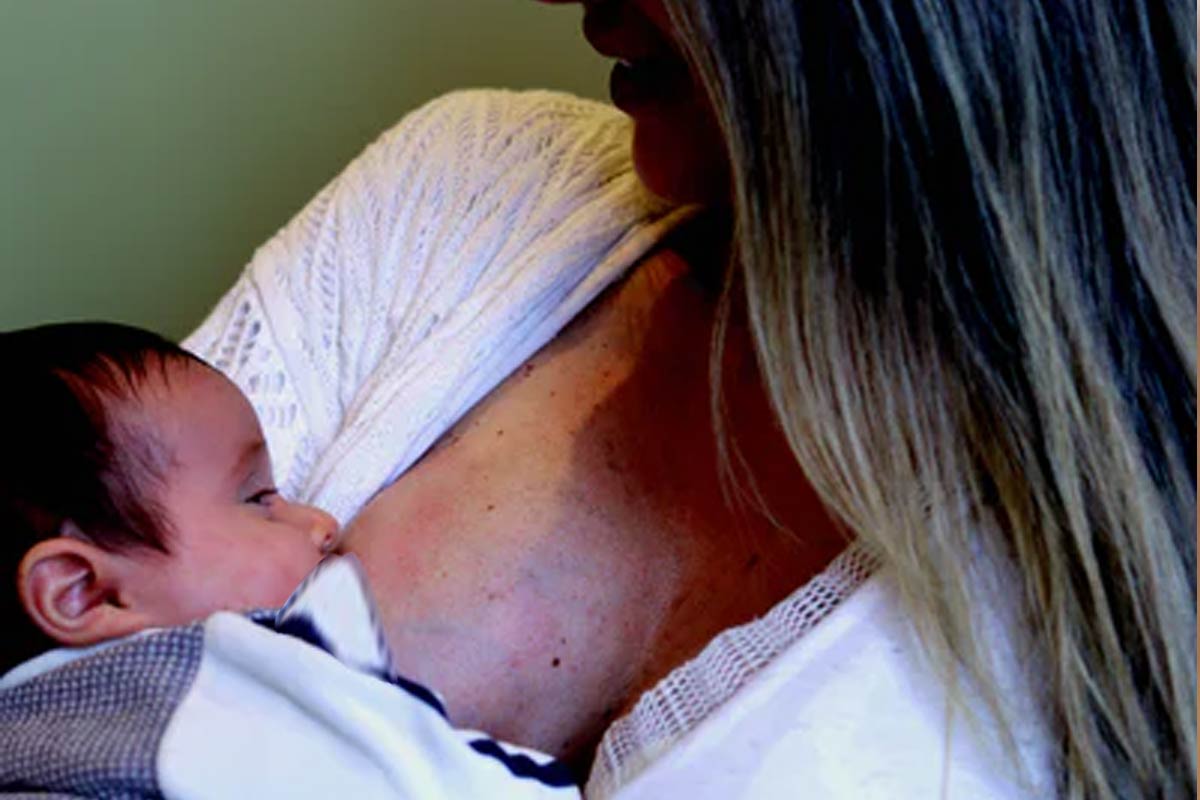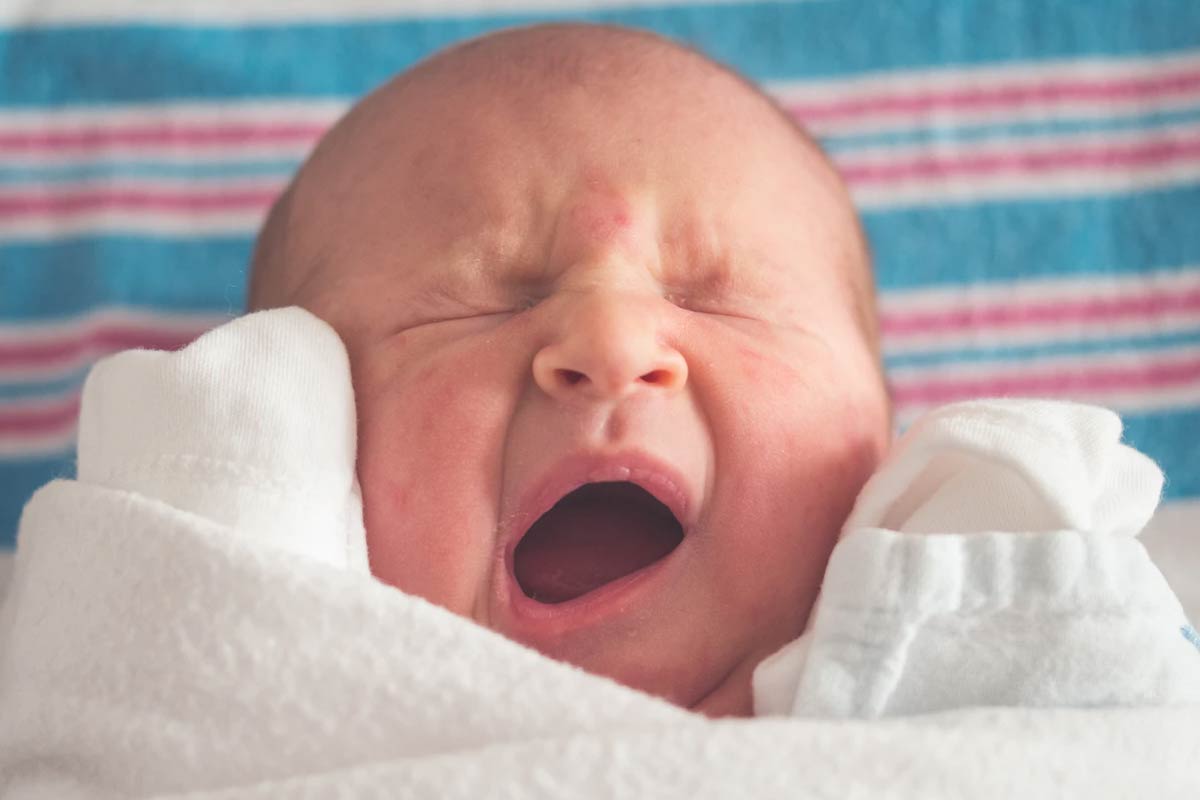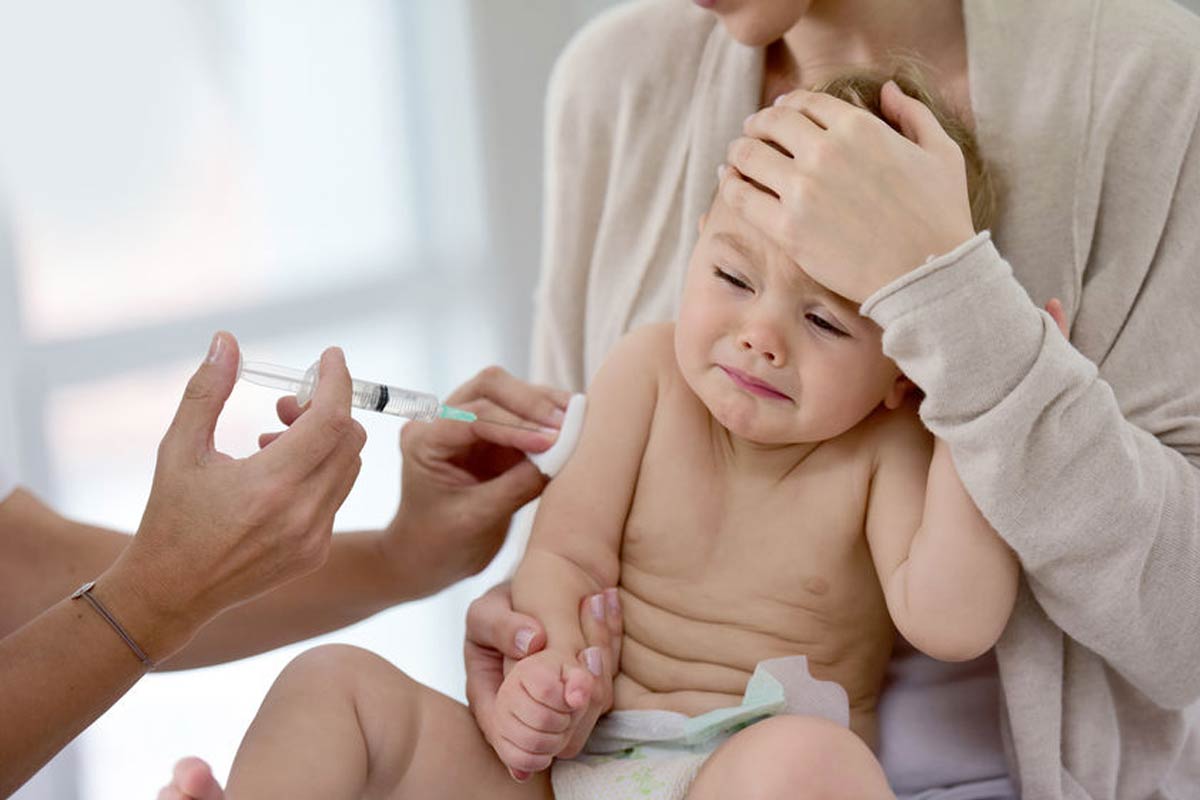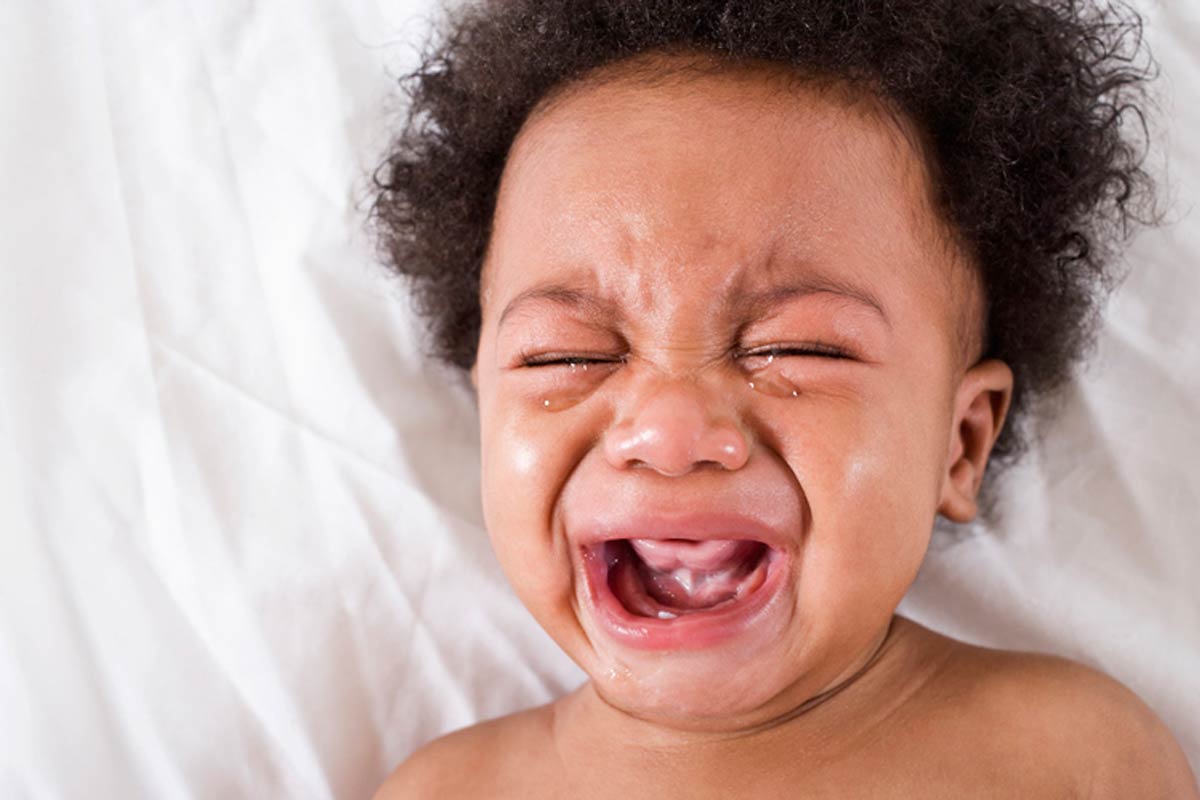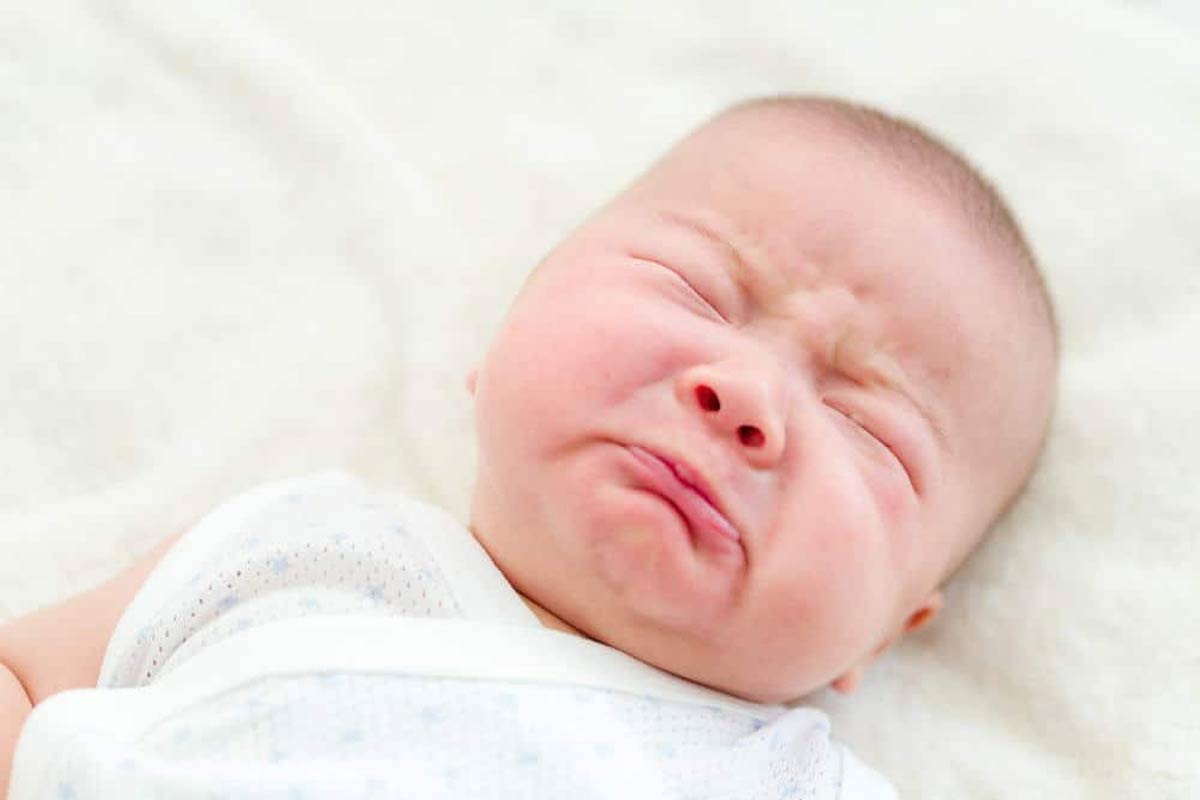Several baby rash pictures are categorized below. Only your doctor can correctly diagnose a rash and accurately identify its source. Below are pictures of the 10 most common baby rashes, and there are some links to useful pictures that can help you isolate the cause of a rash. Click any image below to make it larger!
Mommy's Common Concerns
We answer some of the most common concerns for new moms. Pictures of baby rashes and cradle cap, audio clips of croup and stridor, and dozens of other topics. Use the search bar to find what you're looking for!
We did our research and pulled together five of the best croup sound files and stridor sound files. These audio files will help you compare your child's cough and breathing sounds to gold-standard examples of croup and stridor. Remember, unless you are a licensed medical professional always seek the advice of your child's pediatrician if your child is showing symptoms of croup or stridor!
Dandruff is somewhat rare in babies, but cradle cap is not only much more common but also can look a lot like dandruff. It can also look a bit like scales are forming on your baby's head, and the scales might be yellowish or brown. Your baby may also have oily and thick crusty patches on the scalp. If this is the case, it is likely that your baby has a pretty common ailment: cradle cap.
When you first took your baby on your chest and felt his or her heart beat, their legs and arms wiggle, and their little eyes begin to open, you probably felt so much love that you neglected to notice the bloody umbilical cord stump that was hanging off your baby's tummy! Now that it is probably starting to dry up and turn all sorts of strange colors, you probably can't help but look at the strange little things hanging off of your baby, wondering when exactly it will cease to grace you with its presence!
Approximately 2-5 days after the birth of your baby, you may notice that your breasts feel full, heavy, and swollen. This change in your breasts is known as engorgement and is caused by the swelling of breast tissue as milk production begins and your milk ducts fill. Although it may feel uncomfortable, it is actually a positive thing as it typically occurs when your breasts first transition from colostrum to milk.
Anyone who has tried to soothe their screaming baby in the middle of the night has most likely wondered whether their baby has colic.
What exactly is colic?
Colic is a general term that is used to describe a baby who has episodes of uncontrollable crying that lasts for more than 3 hours a day, crying at least three days a week, and having these crying symptoms for at least three weeks.
A review recently published in the journal Pediatrics answered eight popular questions that mommies have about how swaddling affects their baby. Below are some of the questions, and the answers that the researchers came up with:
Spitting up refers to the regurgitation, or vomiting, of food, milk, or saliva in infants. Although it may look like or even smell like vomit, spitting-up is not only very common in infants but usually not a sign of a medical problem. In fact, studies show that about 40% of infants spit up on a normal basis, approximately 1-3 times per day. Spitting up usually occurs following a meal, whether it be formula or breast milk, and the spit up may look a lot like what the baby recently ate (it may also sometimes appear curdled).
What does baby diarrhea look like? This is a tough question because every baby's poop looks a little bit different to begin with, and varies more or less on a daily or weekly basis. The best way to tell whether your baby has diarrhea is to check whether the poop is all of a sudden much more watery than usual - if it is, your baby probably has diarrhea. Of course, changing your baby's diet, or dramatically changing a breastfeeding mother's diet, can lead to changes in the baby's poop that will often go away with time once your baby's tummy adjusts to the new foods.
A small number of babies who tend to spit up a lot are also experiencing what is called Gastroesophageal Reflux Disease. These babies tend to not only spit up frequently but also tend to be fussy and poor sleepers. Reflux is most common in premature babies due to their immature gastrointestinal systems, but can also occur in full-term babies.
Allergies are caused when our body responds to something in our environment that doesn't agree with us (called an allergen). Babies can be exposed to allergens through touch, eating, drinking or an injection. The body responds by releasing histamines in an attempt to fight off the allergen.
Histamines, however, can give your child coughing, sniffling, sneezing, and a runny nose. In more serious cases, a baby can experience what is called anaphylactic shock, which causes rashes, swelling and difficulty breathing; this condition can be life threatening and is considered a medical emergency.
A woman's breasts are full of a complex web of milk ducts that help move and direct the produced milk through teh breast and towards the nipple. Sometimes breastfeeding mothers' ducts can become clogged or plugged. A clogged milk duct usually results in a hard lump in the breast that is sore and tender to the touch, and sometimes also appears with redness.
Baby acne typically looks like small red bumps on the baby's cheeks, chin, forehead, and sometimes back and chest. Baby acne is rarely present at birth, and typically develops in babies around 2-4 weeks of age. Baby acne appears to be more common in boys than girls.
SIDS is the sudden unexpected death of a baby under 1 year of age. With SIDS, an autopsy will not reveal any certain cause of death, which is different from sudden death that may occur due to an existing disease. There are no symptoms of SIDS, and evidence suggests that babies who die of SIDS do not struggle or suffer prior to death. SIDS most often occurs between 2-4 months of age, and the vast majority of SIDS cases occur before a baby is 6 months of age.
Jaundice is characterized by a yellowish coloring of the skin and the whites of the eyes. In most healthy babies, jaundice is not a severe problem. In fact, 60% of newborns have some degree of jaundice. Premature babies are particularly likely to have jaundice. What causes jaundice? Jaundice is caused by an excess of bilirubin in the blood. Bilirubin is normally eliminated by the liver.
Mastitis is a breast infection that is caused by bacteria from your skin's surface or your baby's mouth entering your breast through a crack in the skin in your nipple or the opening to the milk ducts in your nipple. Mastitis can be very painful. It leads to swelling and redness of your breast and often feels as though you have the flu. Your breast may be painful, hard, red, and warm, particularly in the area of the infected milk duct, and you may experience a fever over 101, chills, and fatigue. Approximately 1 in 40 nursing moms develop mastitis.
Blocked tear ducts are quite common in newborns. In fact, 6% of all babies develop a blocked tear duct in one or both eyes. Each of your baby's eyes has tiny tear ducts that allow tears to drain into the eyes. At birth, there is no guarantee that one or more of these tear ducts will be completely open, and even if they are open at birth they can become clogged during the first few months of life. When this happens, it can result in some redness near the corners of the eyes (towards the nose), and a build-up of goop/gunk in that same area.
If you baby has a persistent cough you should call the pediatrician, especially if the baby seems to be working hard to breathe, is wheezing (high-pitched short breaths), has blood in saliva, has a fever or other illness or disease. If your baby is choking on something, call 911.
What vaccinations should my child receive? The Centers for Disease Control and Prevention (CDC) recommends that babies receive the following vaccinations or immunizations: DTap (Diptheria, Tetanus, & Pertussis) Vaccine: 5 doses administered at 2 months, 4 months, 6 months, 15-18 months, 4-6 years Hepatitis B Vaccine: 3 doses administered at birth, 1-2 months, 6-18 months Polio Vaccine: 4 doses administered at 2 months, 4 months, 6-18 months, 4-6 years...
This is one of the most controversial questions that parents can ask, because pediatricians do not widely agree on the existence, importance, or implications of teething pain in infants. In fact, during the majority of the 1800's and 1900's teething was blamed as a cause of a variety of things such as seizures, paralysis, and even death (H. Lea, 1869). More recently, however, doctors' opinions about the significance of teething has basically reversed, with some pediatricians claiming that teething does not cause pain at all, nor does is cause crying or lack of sleep (B. D. Schmitt, 1991).
Every baby has a different schedule in terms of how often and how much "poop" they produce in a day. Some babies will poop every time they eat, sometimes during the feeding and sometimes immediately after. Other babies, on the other hand, may only poop every few days. The number of poops a baby produces every day can be affected by how quickly he or she digests the food, how much play time the baby gets, and what and how much he or she eats and drinks.
Postpartum depression is when a woman develops moderate to severe depression after she has given birth. Of course, it is natural to feel sad or down sometimes, and most women will attest to the fact that the hormonal fluctuations that are a natural part of postpartum recovery can lead to brief periods of sadness and crying, frustration, anger, or even regret. In fact, about 70% of women experience what some doctors call the 'baby blues' within a few weeks of giving birth. But, if the low mood sticks around day after day for at least two consecutive weeks, and the symptoms start to interrupt daily activities, it could be a sign of postpartum depression.

